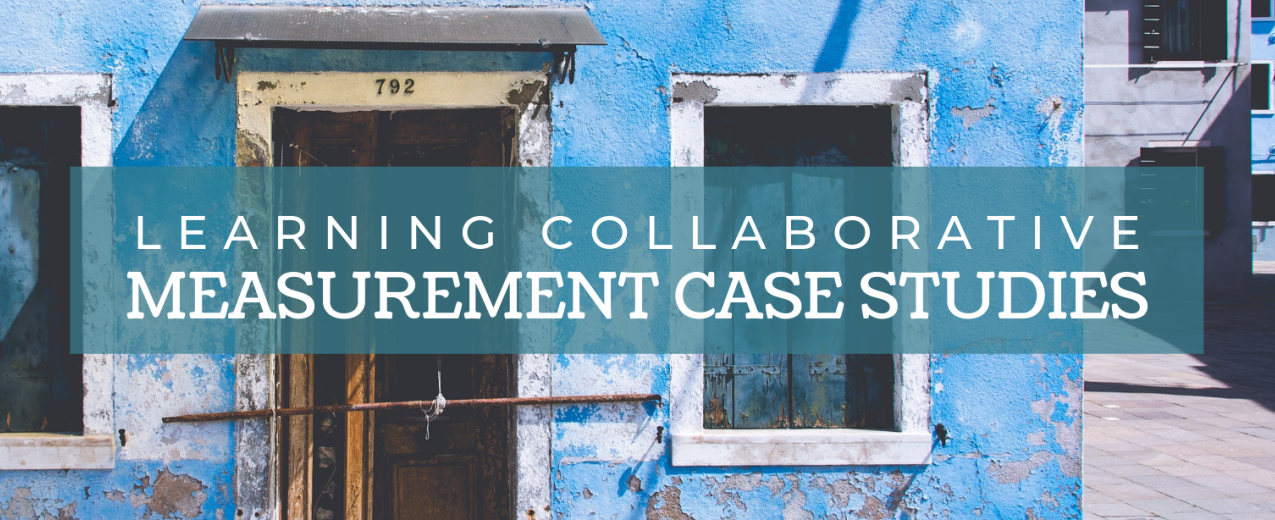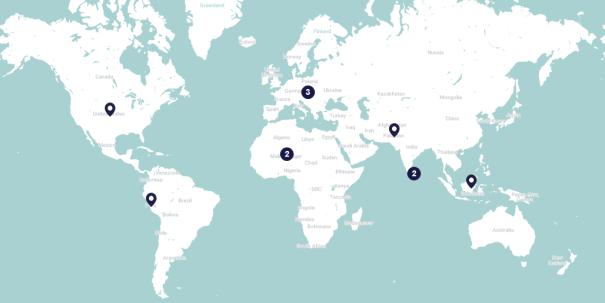
- Project summary
- 16 December 2020
Adolescent Girls Empowerment Program (AGEP)
- Author: Rebecca Justus
- Published by: Social Norms Learning Collaborative
Organizations involved
Population Council
Summary
Population Council implemented the Adolescent Girls Empowerment Program (AGEP) in Zambia, which was designed to build the health, social, and economic assets of vulnerable adolescent girls. AGEP reached more than 11,000 girls in rural and urban locations in the country from 2013 to 2016. Monitoring and evaluation research assessed the effectiveness of four approaches: 1) “Safe space” girls’ clubs, which included health and financial education and life skills training during weekly girls group meetings led by young women mentors from the community; 2) “Safe spaces” + health service vouchers, entitling girls to health services provided by public and private facilities in the community; 3) “Safe spaces” + health vouchers + girl-friendly individual savings accounts, developed in partnership with a Zambian financial institution, and; 4) A control site in which girls received none of the above interventions.
Social norms of interest
Gender equity; violence
Behaviours of interest
Delayed childbearing; delayed early marriage; gender equity; reproductive health; family planning; sexual behaviours
Project components
The “safe spaces” component is a weekly girls’ group meeting in which 20 to 30 girls get together with a mentor. The girl-friendly individuals savings account is a NatSave account, which has a very low minimum opening balance, and any amount can be deposited or withdrawn with no fee. Girls select a cosignatory—a woman aged 18 or older—to assist with account opening and withdrawals. The health voucher covers basic services, including wellness exams, as well as age appropriate reproductive health services.
Social norms measurement
Longitudinal surveys, scales
Key findings to date
Results revealed that, with the exception of a small group of girls who were self-motivated to participate, AGEP was able to modestly delay marriage and birth in the long-term. Additionally, girls in the program arms showed increased: self-efficacy, financial savings behaviour, and reproductive health knowledge. These changes were strongest for girls who received all three program components: “safe spaces” + health vouchers + girl-friendly individual savings accounts. However, the program also showed no significant impacts on child marriage rates, contraceptive use, HIV and HSV-2 prevalence, gender norms, or girls’ acceptability and experience of violence.

Back to the "Map of social norms-focused interventions and research"
- Countries / Regions:
- Zambia